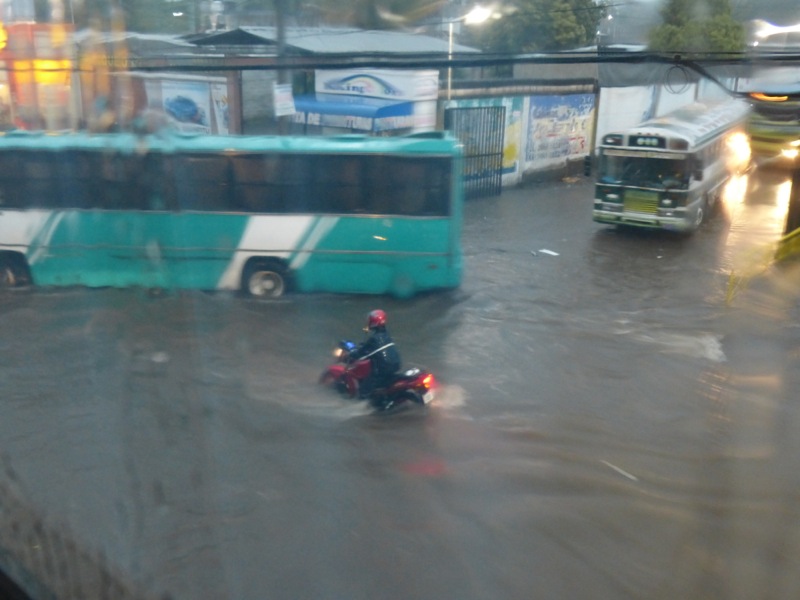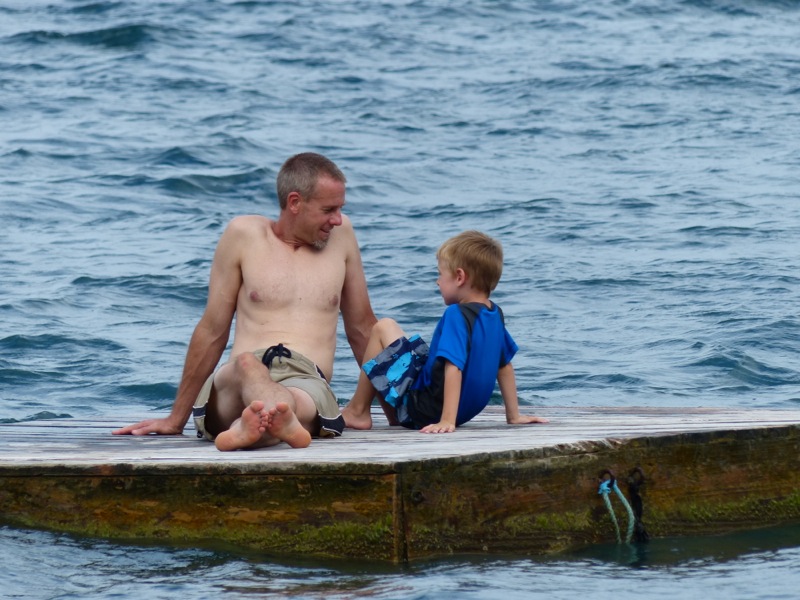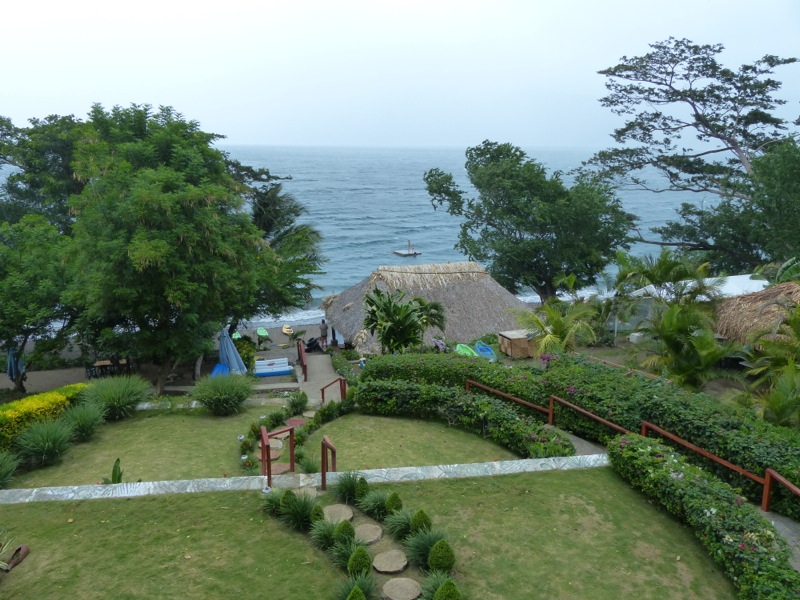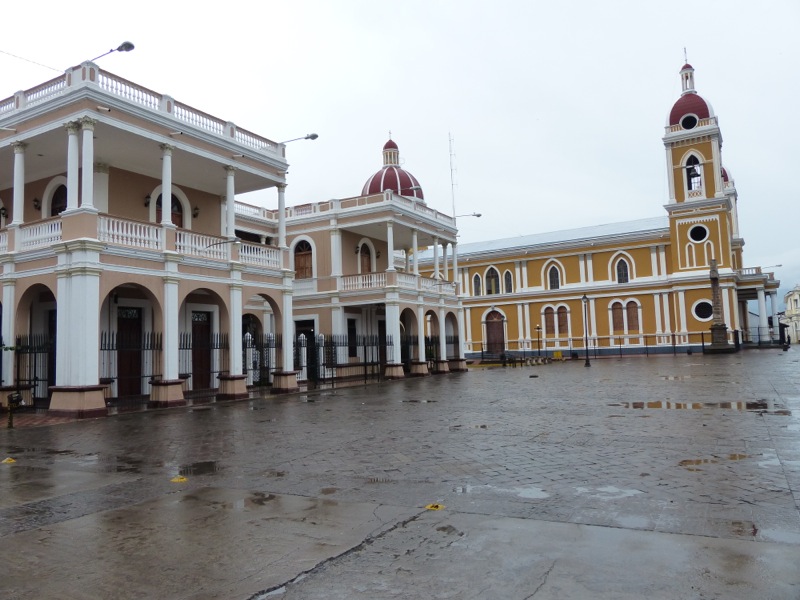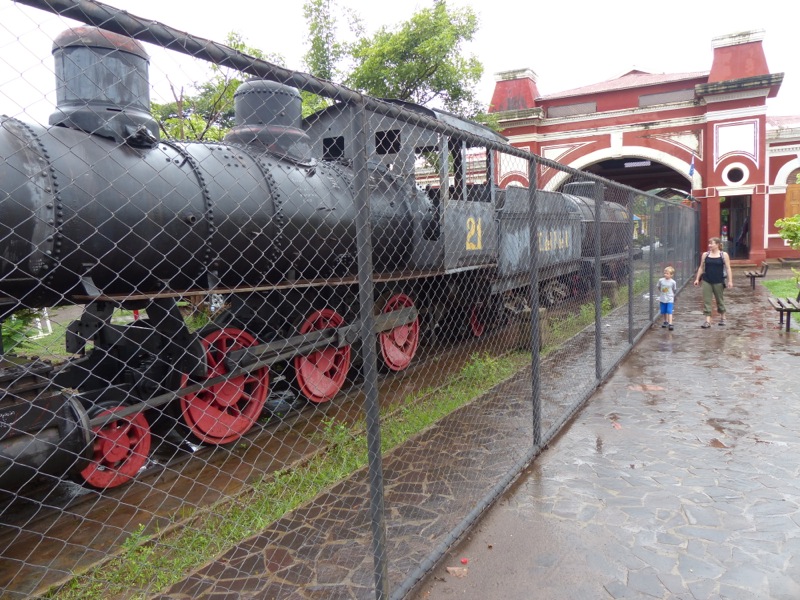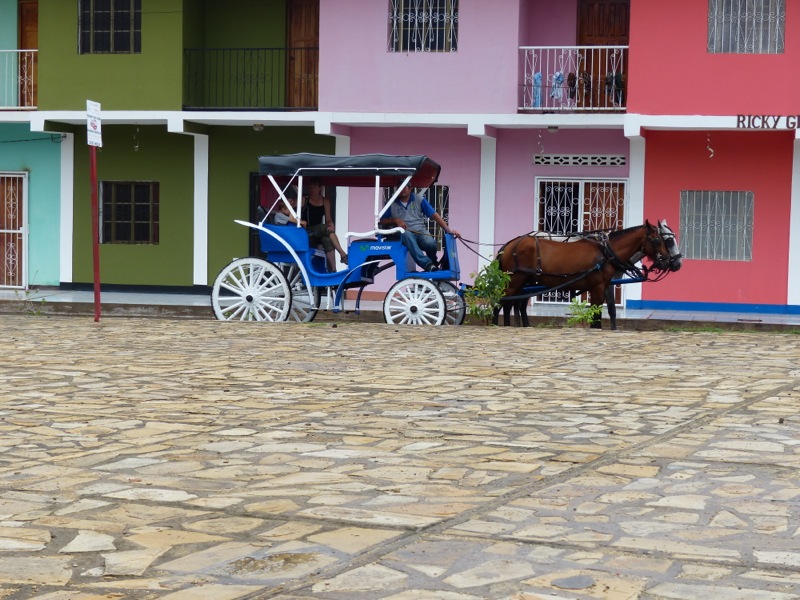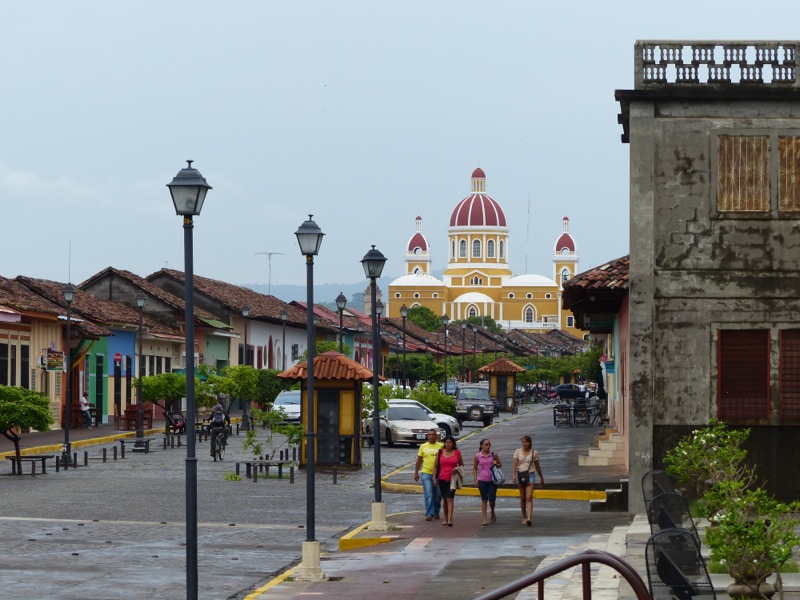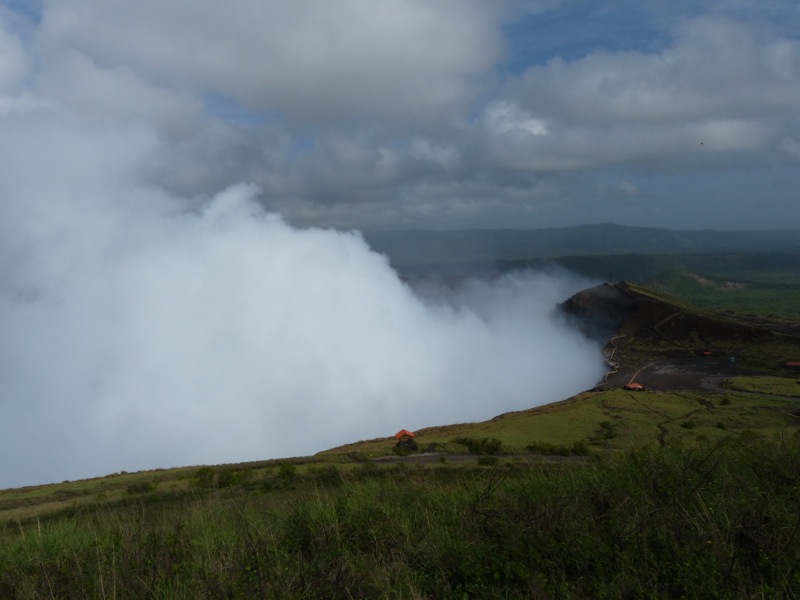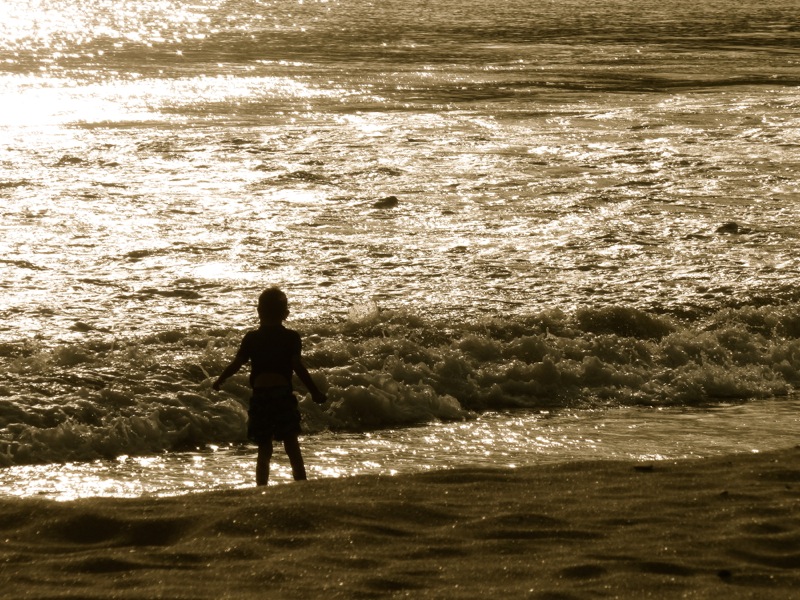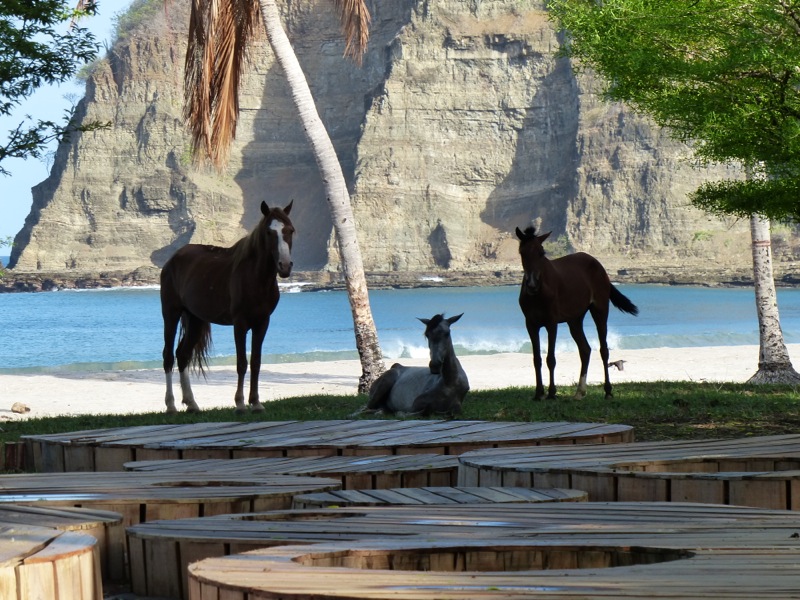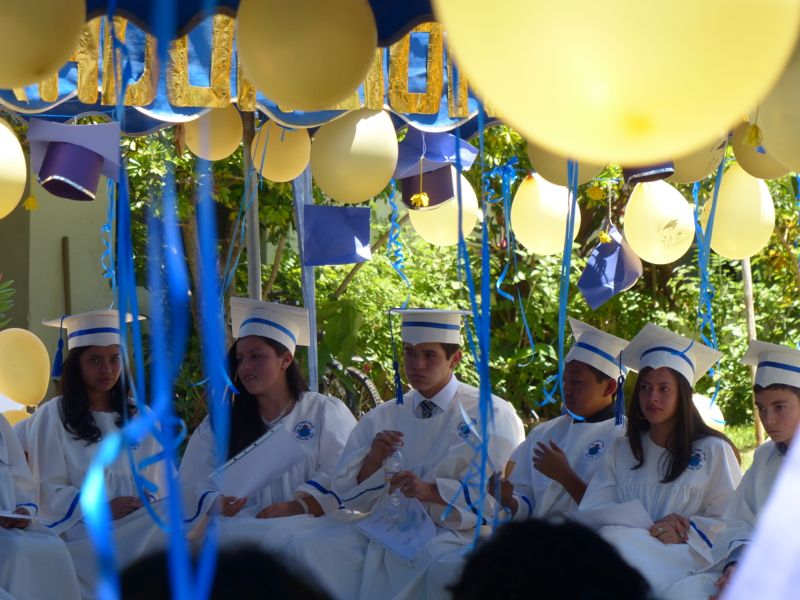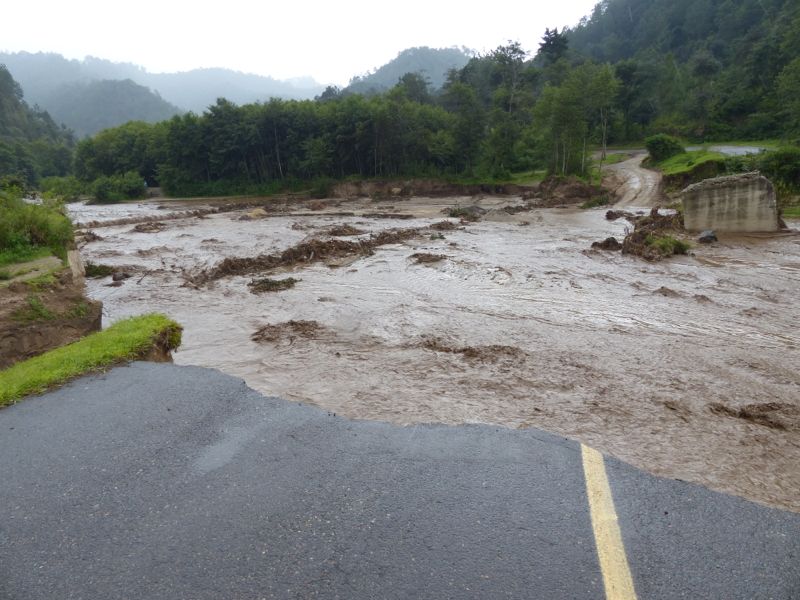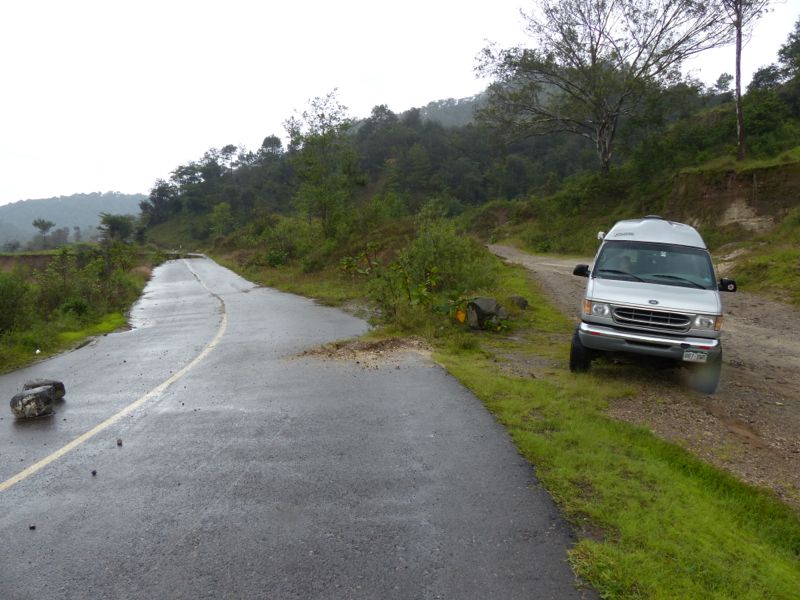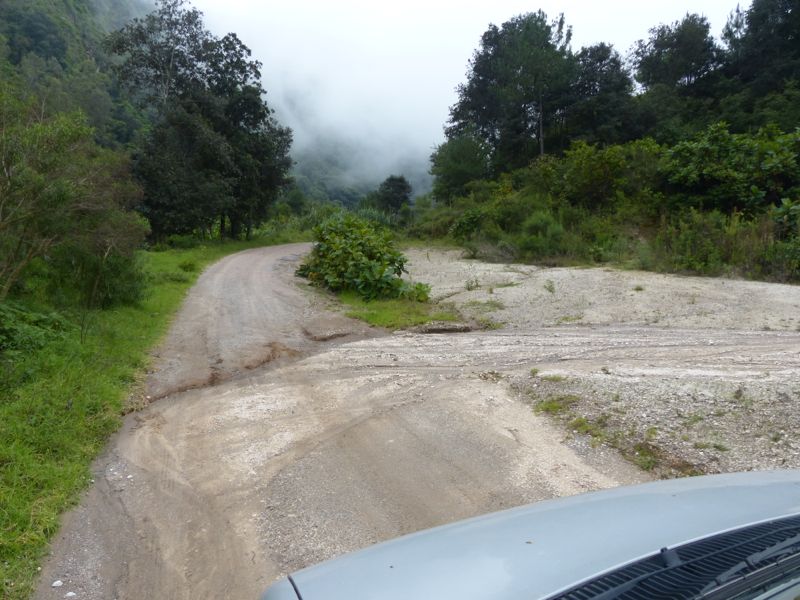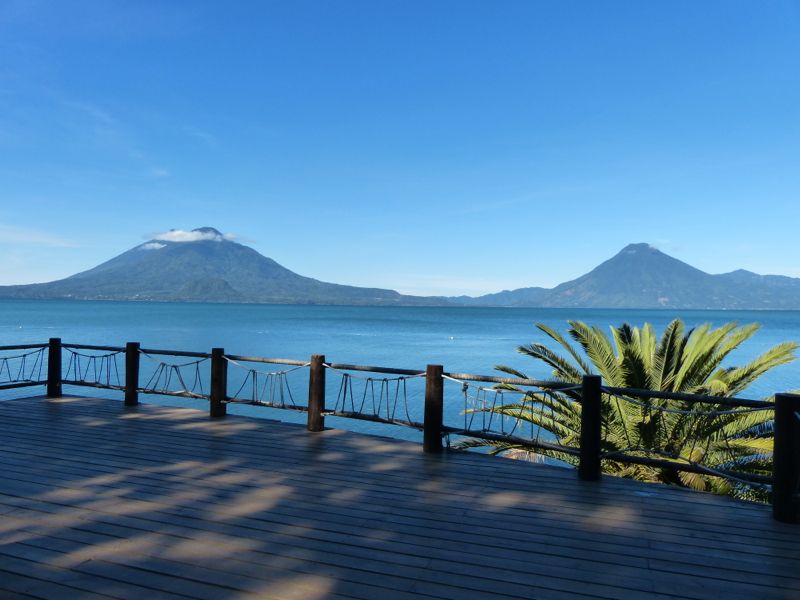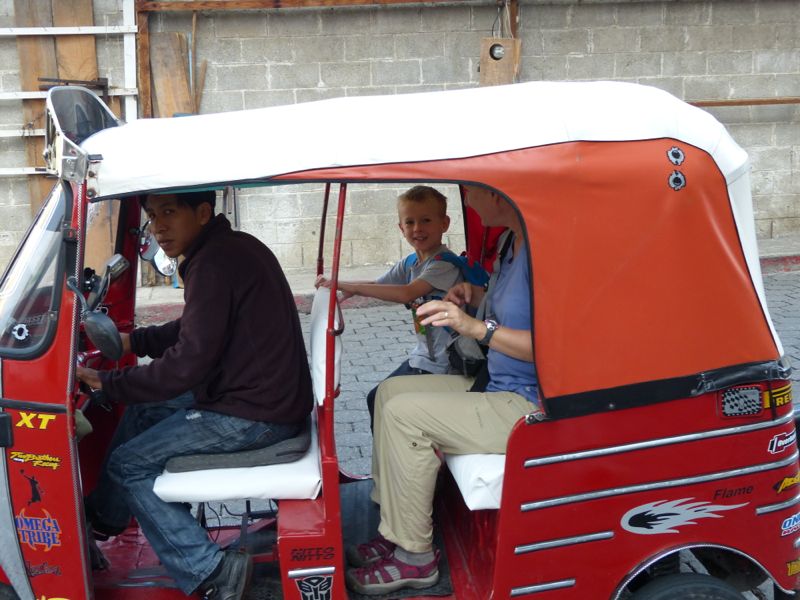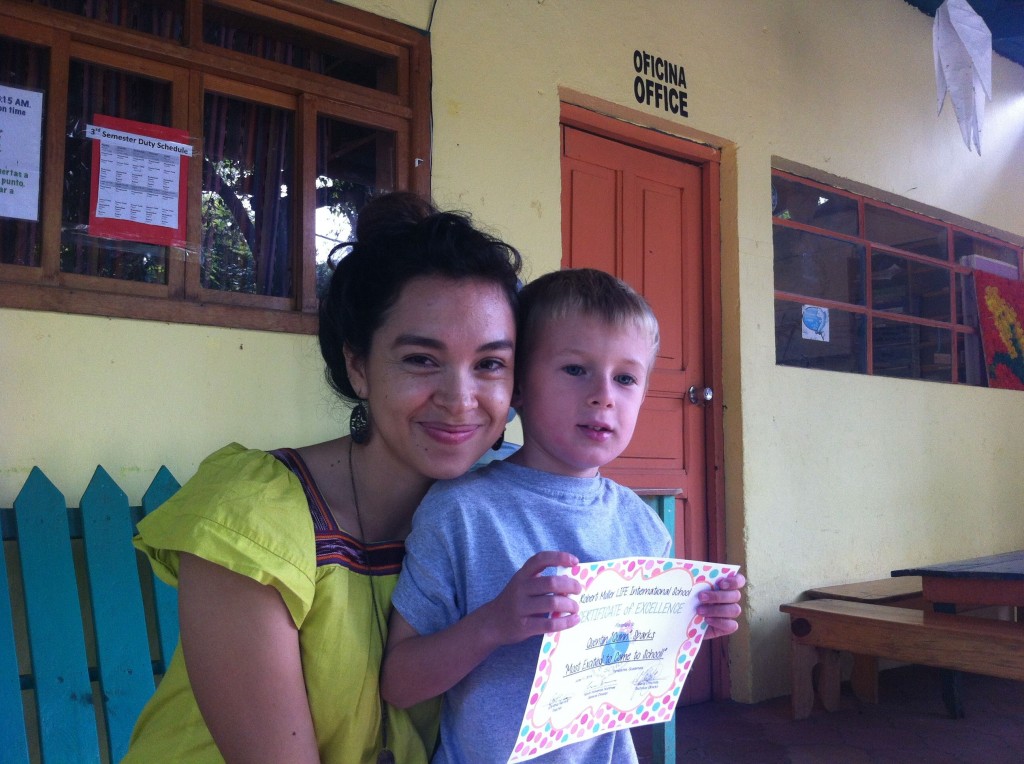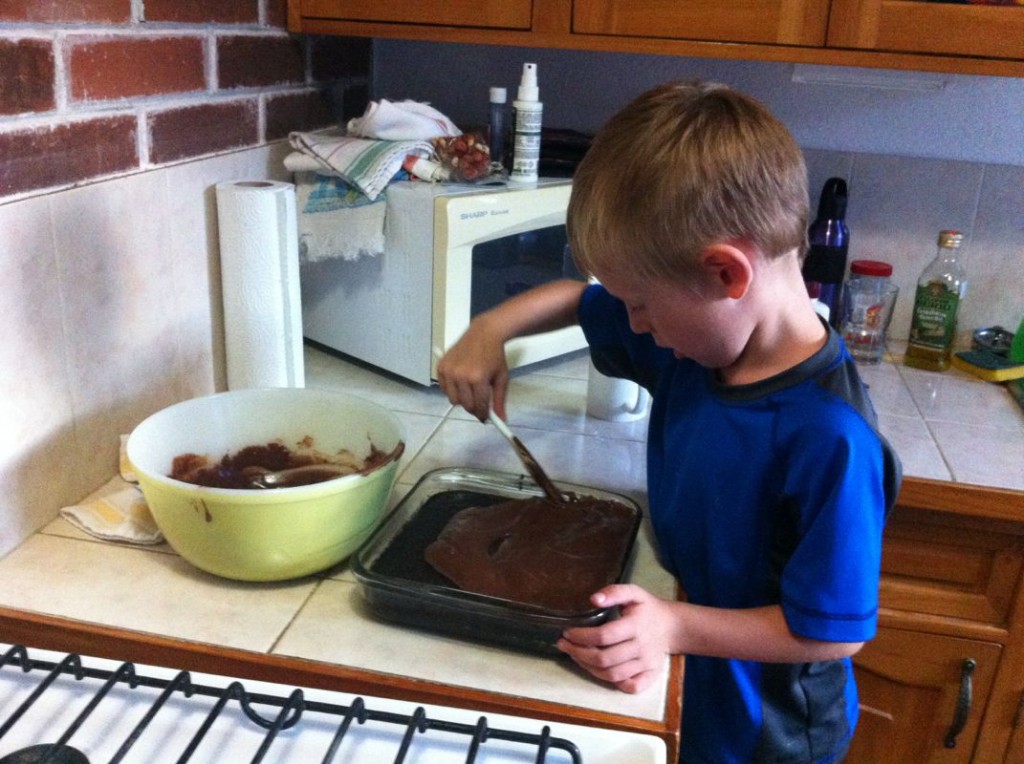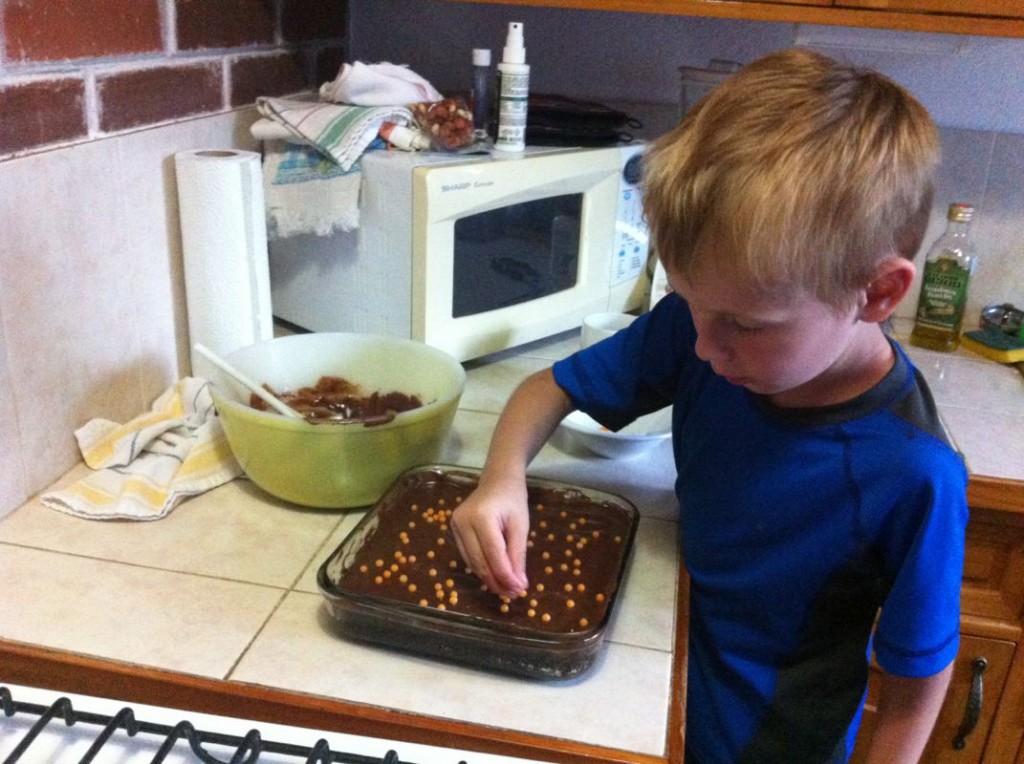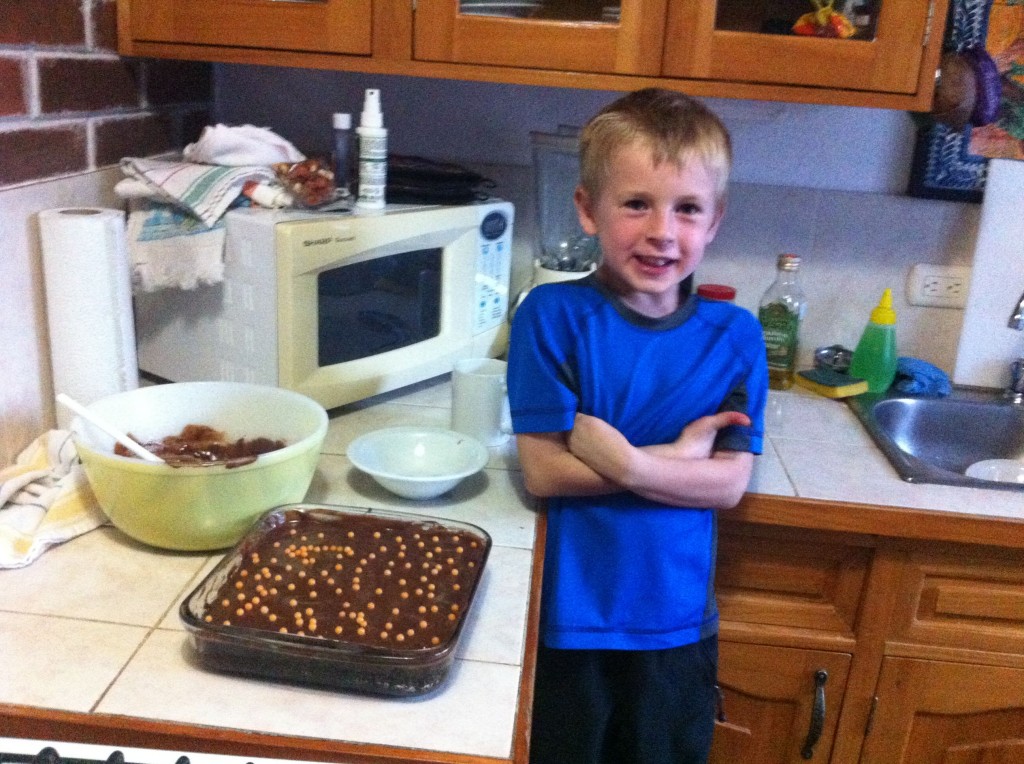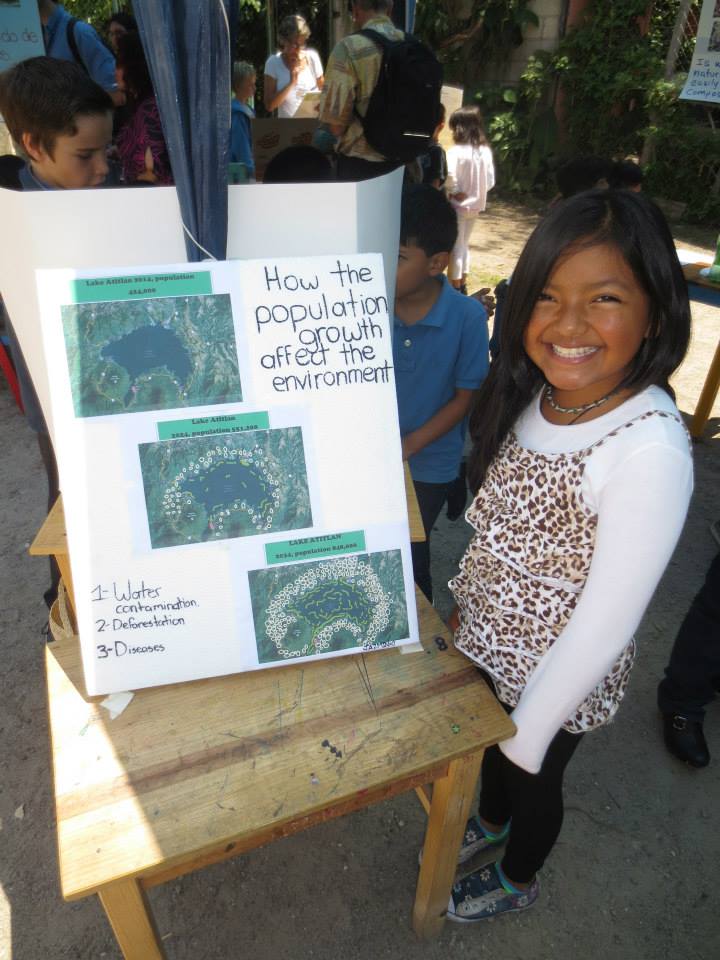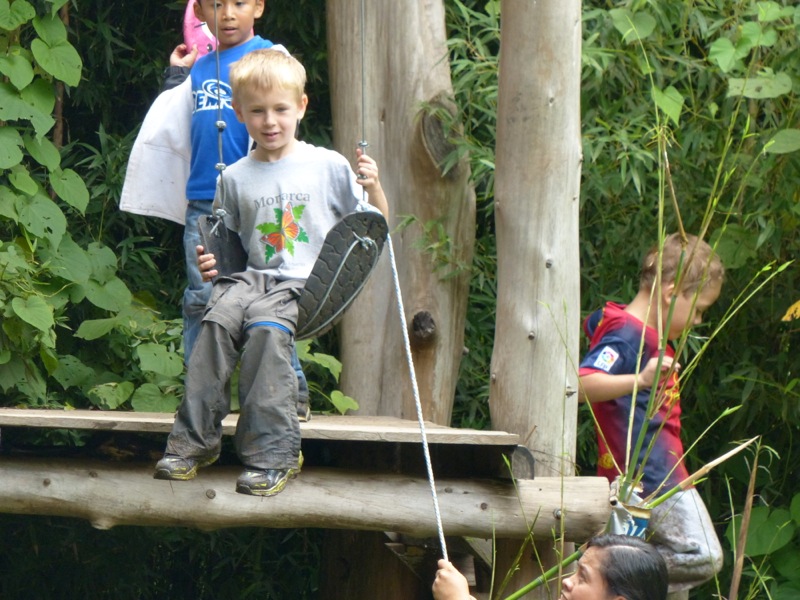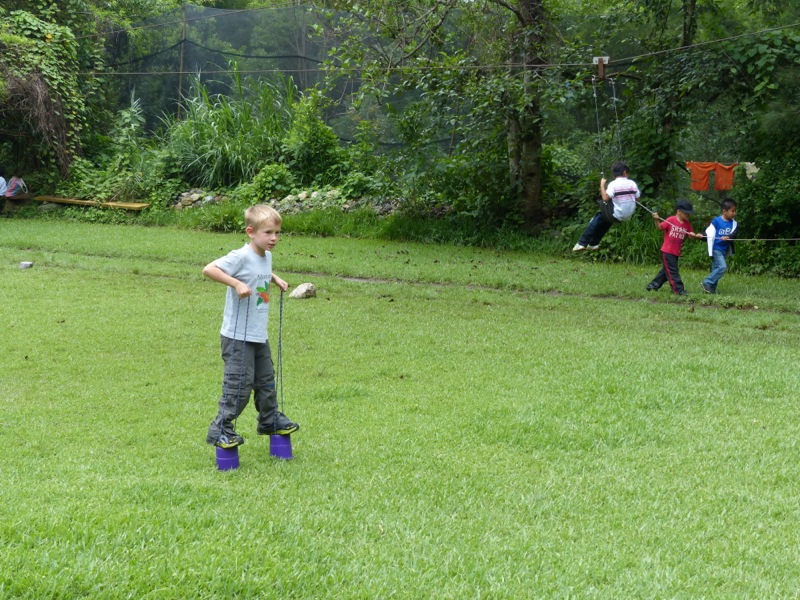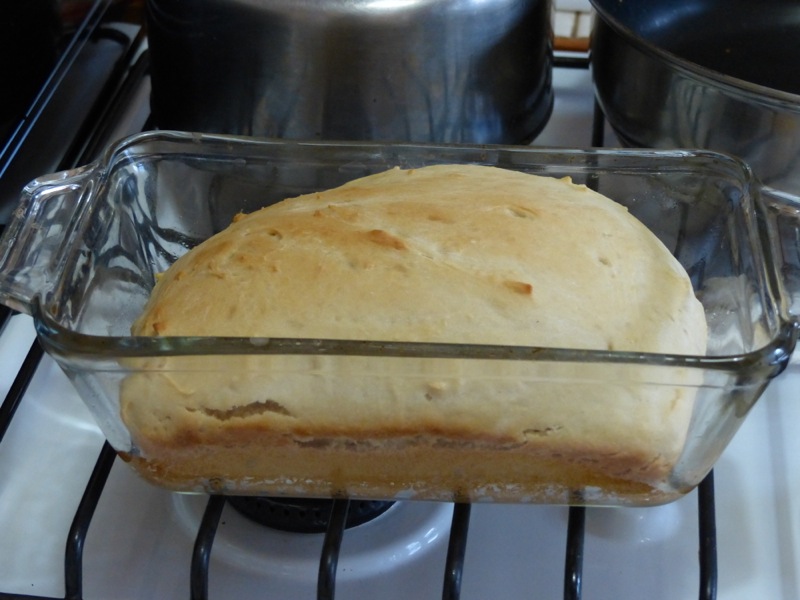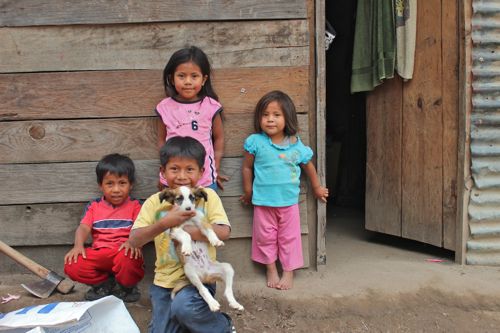June 27, 2013 was the day that we finally had everything moved out of our house in Denver and hit the road in our van. Up until last week, we had only been to four countries, not including the USA. Over the past week we’ve doubled that!
We have to admit that the frequent border crossings are getting a bit old. They all seem to take about 2 hours, and involve a fair bit of stress worrying about whether you’ve gotten all of the proper pieces of paper and still remember where they all are.
But as I write this we’re sitting at the Lake Arenal Brewery in Costa Rica enjoying the first real micro-brewed beer we’ve had since leaving San Diego 7 months ago. Yay! But I get ahead of myself; that’s the subject of a future post!
Shortly after we posted the last web update from San Miguel, El Salvador, it started to rain, hard. In no time the street in front of our hotel turned into a river about a foot deep, and we were glad we had a room on the second floor.
Many overlanders choose to cross Honduras in a single day, because it is supposedly the most dangerous country in Central America. We choose to follow the same path, but only because our schedule for arriving at our house sitting assignment in Panama doesn’t allow for quite as much time sightseeing as we might like. We crossed from El Salvador to Honduras at about 10am, and by 3pm we were in Nicaragua.
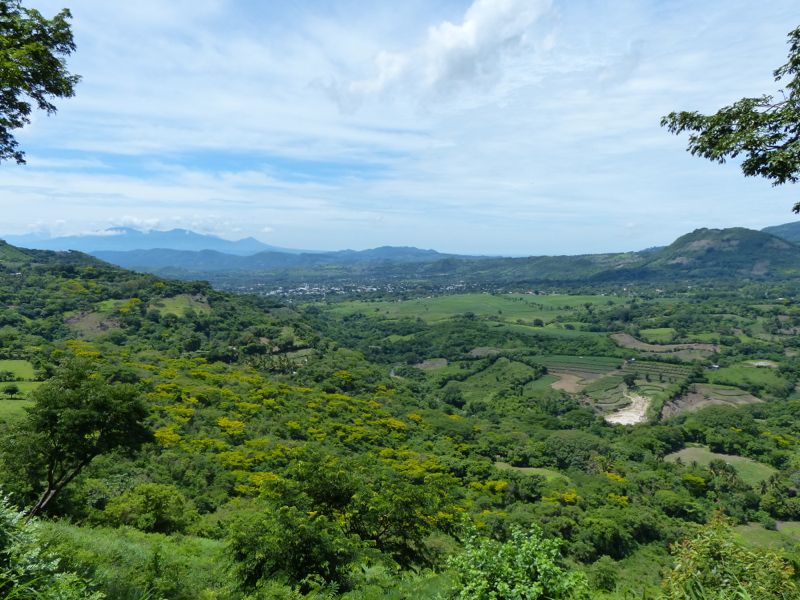
We choose a different route through Honduras in order to use a smaller border crossing in the highlands, and doing so afforded us the opportunity to see the amazing, verdant greenery of southern Honduras.
Our first thought on entering Nicaragua was, “Muy tranquilo.” Traffic was light, and the roads that we shared with donkey carts were good. We found a spot to camp not far from the border that first night.
The next day we went to Lago Apoyo where we spent two nights relaxing at a backpackers hangout by the lake. They had good food and the lake was plenty warm enough to swim in. We spent a very relaxing couple of days there.
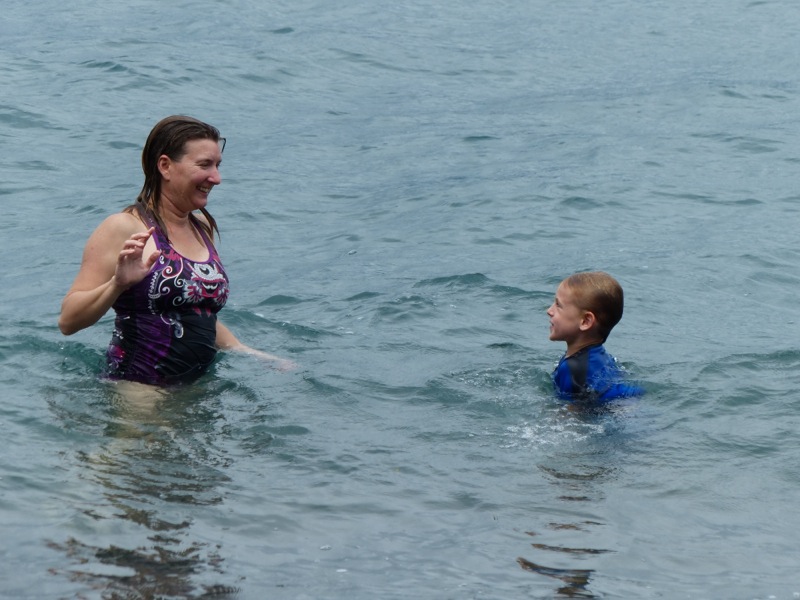
Mom gives swimming lessons. Quinn has really taken to the water lately and is becoming quite a fish.
After the lake we went to Granada, which is a favorite destination of travelers and expats. It’s easy to see why. The feeling of tranquility continued, with light city traffic. We had no problem finding a place to park in the center of town, and spent a rainy morning exploring the city.
We didn’t spend the night in Granada, opting instead to go to the nearby Masaya Volcano National Park. We were able to camp in the visitor’s center parking lot where we enjoyed a very quiet evening – no barking dogs!! The next morning we drove up to the rim of an active volcano. Seriously, a few years ago this thing spat out a rock that smashed someone’s car. There are signs advising you to back in so you can make a quick getaway if needed!
We did some short hikes around the volcano and left around mid-morning, headed for the beach. We’d heard that it was possible to see nesting turtles near the surf town of San Juan del Sur. That made a good starting point for the Costa Rican border the next day. It was a bit of an adventure to reach the turtle sanctuary, which is located 18km south of San Juan del Sur on a slow dirt road. They let us camp in the parking lot, and we spent the afternoon playing on the beach. The surf was gentle, and Quinn had a fantastic time playing in the waves. We all enjoyed the chance to cool off in the water.
That night we went out with Quinn’s headlamp (set to red, so as not to scare off the turtles), but unfortunately it was still early season and Quinn got bored of looking for turtles, so he and Jen headed back to the van. I stayed out and eventually one of the refuge’s employees found me and showed me to where a turtle was laying her eggs in the sand.
These are the same type of turtles that Quinn had released as babies back in Sayulita in January. Now it’s the beginning of their nesting season, where the females crawl up onto the beach to lay their eggs above high tide line. Without human intervention, the eggs would hatch 45 days later and the babies would dig themselves out of the sand and crawl to the ocean.
Now the turtles are endangered, and pretty much anywhere there are eggs laid there are people who collect them to allow them to hatch in captivity. I watched as the employee pulled about 50 eggs out from under the female and put them in a plastic bag to carry back to the hatchery where they were put in a big sack of sand to hatch. I found it somewhat disappointing that humans have to be involved in this process.
With only a few days left until we’re due in Panama, so tomorrow we head to the border of Costa Rica.

